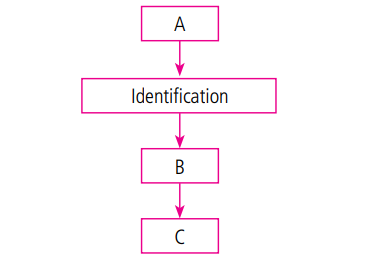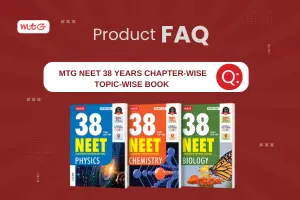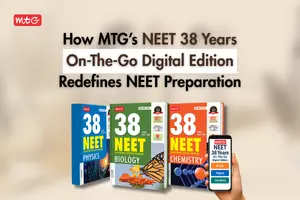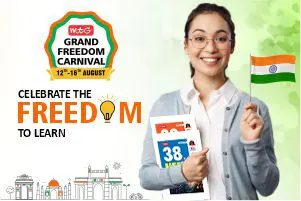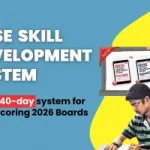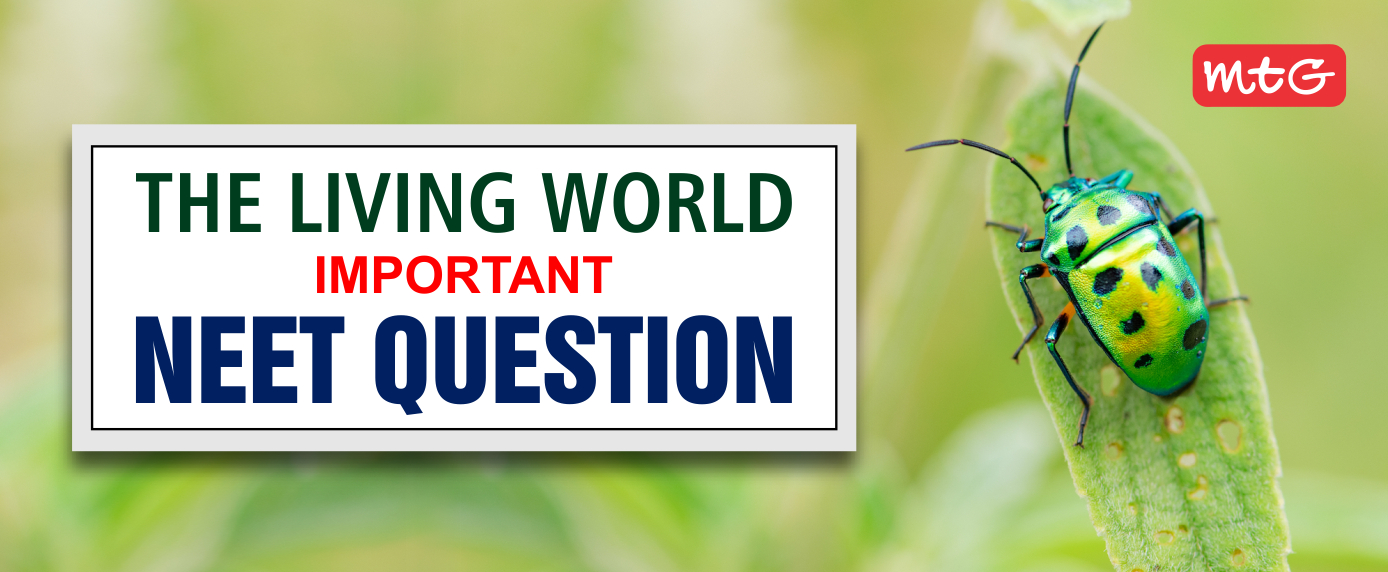
The living world chapter explains the various aspects of naming and classification of the living world. You get to learn about the different habitats of the world such as cold mountains, deciduous forests, oceans, freshwater lakes, deserts, hot springs, etc, you can access check for the living world class 11 notes also to cover all important topics before checking for important questions and answers.
This page provides students with additional NEET Important Questions on the living world class 11 biology chapter 1, to practice and test their knowledge. These Important Questions will help in your NEET 2023 exam preparation.
Check out: The living world CBSE Questions
The Living World NEET Questions with Answers
We’ve compiled a list of important questions about the living world biology class 11 chapter 1 that you should not miss while studying for the NEET 2023 exams.
The Living World MCQ for NEET
Q.1.Refer to the various taxons of wheat classification and arrange them in the correct sequence of taxonomic hierarchy starting from the lowest rank.
(i) Poaceae
(ii) Monocotyledonae
(iii) Angiospermae
(iv) Plantae
(v) Poales
(vi) Triticum
(a) (vi), (i), (v), (ii), (iii), (iv)
(b) (vi), (ii), (v), (iv), (iii), (i)
(c) (iv), (iii), (ii), (v), (i), (vi)
(d) (iv), (ii), (v), (iii), (i), (vi)
A.1. (a)
Q.2. Which herbarium is present in Kolkata, India?
(a) Herbarium of National Botanical Research Institute
(b) Royal Botanical Garden
(c) Central National Herbarium
(d) Museum of Natural History
A.2. (c)
Q.3. Why do the plant material, collected for making herbarium, is kept in vasculum?
(a) To prevent wilting of the plant
(b) To prevent fungal attack
(c) To facilitate the examination of floral parts
(d) To aid in the quick drying of plant
A.3. (a)
Q.4. Which taxonomic category contains one or more related genera?
(a) Species (b) Family (c) Phylum (d) Class
A.4. (b)
Q.5. Sub-class is an intermediate category which includes
(a) families (b) sub-families
(c) orders (d) sub-orders.
A.5. (c)
Don’t forget to check out –
Biological Classification Class 11 Notes
Biological Classification CBSE Questions and Answers
Biological Classification NEET Questions and Answers
The Living World Match the Following Questions for NEET
Q.1. Match column I with column II.
| Column I | Column II |
|---|---|
| A. National Botanical Garden | (i) Kolkata |
| B. Lloyd Botanical Garden | (ii) London |
| C. Royal Botanical Garden | (iii) Darjeeling |
| D. Indian Botanical Garden | (iv) Lucknow |
A.1. A-(iv), B-(iii), C-(ii), D-(i)
The Living World Passage-Based Questions for NEET
Q.1. Complete the given passage with appropriate words or phrases.
The scientific names ensure that each organism has only (i) name. Each scientific name has two components; (ii) and (iii) . This system of providing a name to organism with two components is called (iv) and was given by (v). Biological names are derived from (vi) language and are written in (vii). In scientific name, Homo sapiens sapiens, the third word represents (viii).
A.1. (i) one (ii) specific epithet (iii) generic name (iv) binomial nomenclature (v) Carolus Linnaeus (vi) Latin (vii)italics (viii) subspecies
The Living World Assertion and Reason Questions for NEET
In each of the following questions, a statement of Assertion (A) is given and a corresponding statement of Reason (R) is given just below it. Of the statements, mark the correct answer as :
(a) If both A and R are true and R is the correct explanation of A
(b) If both A and R are true but R is not the correct explanation of A
(c) If A is true but R is false (d) If both A and R are false.
Q.1. Assertion: Solanum is a polytypic genus.
Reason: Solanum has a large number of closely related species, such as S. nigrum, S. tuberosum, S. melongena, etc.
A.1. (a)
Q.2. Assertion: Class is a taxonomic category that includes one or more families.
Reason: All the families in a class have some similar features and correlated characters.
A.2. (d)
Q.3. Assertion: Herbarium serves as a quick referral systems in taxonomical studies.
Reason: Herbarium is storehouse of dried, pressed and preserved plant specimens.
A.3. (b)
The Living World Figure-Based Questions for NEET
Study the given flow chart of systematic study and answer the following questions.
(a) Identify A, B and C in the given flow chart.
(b) Briefly define the labelled part B.
(c) What are the types of C? State about the more advantageous type of C.
A. (a) In the given flow chart, A is Characterisation, B is Classification and C is Nomenclature.
(b) In systematic study, the organism to be studied is described for all its morphological and other characteristics and based on that identification is done. Then the organism is classified (B) on the basis of its resemblance to different taxa. Sometimes, it is possible that the organism may not resemble any existing taxa or groups. A new taxa or group is raised to accommodate it.
(c) Two types of names have been given to organisms – common or vernacular and scientific. Vernacular names are given to the organisms in a particular language and region of the world. A scientific name is the one which is given by biologist and is understood to represent a particular organism in every part of the world. It is advantageous over the vernacular names. Every species has a single and specific scientific name.
The Living World NEET Questions and Answers PDF
No one can go against the fact that NCERT is the most important textbook for any class in CBSE. And there’s no doubt that if a student is well-versed with the NCERT textbook then they will score well. Since NCERT is the most important textbook for CBSE, students should have NCERT solutions handy. NCERT Solutions Biology book for class 11 serves as a single platform for all the answers to questions given in NCERT Textbook Biology. The book is composed of a well-defined solution to the questions asked in the NCERT Textbook with well-labeled diagrams and flow charts for conceptual learning.
Moreover, a student looking to also solve NCERT exemplar can refer to NCERT Textbook + Exemplar Problems-Solutions Biology book. This is the ultimate resource for students, as it serves as a one-stop solution for the answers to all the questions covered in the NCERT Textbook and in the NCERT Exemplar book. Students will get answers to all kinds of objective and subjective questions in a single book. Easy to understand Solutions are provided by MTG experts. The book is highly recommended by CBSE boards, Olympiads, and NEET.
Hope you liked these questions, Stay tuned for more questions and answers as we will update this page in the future.

